
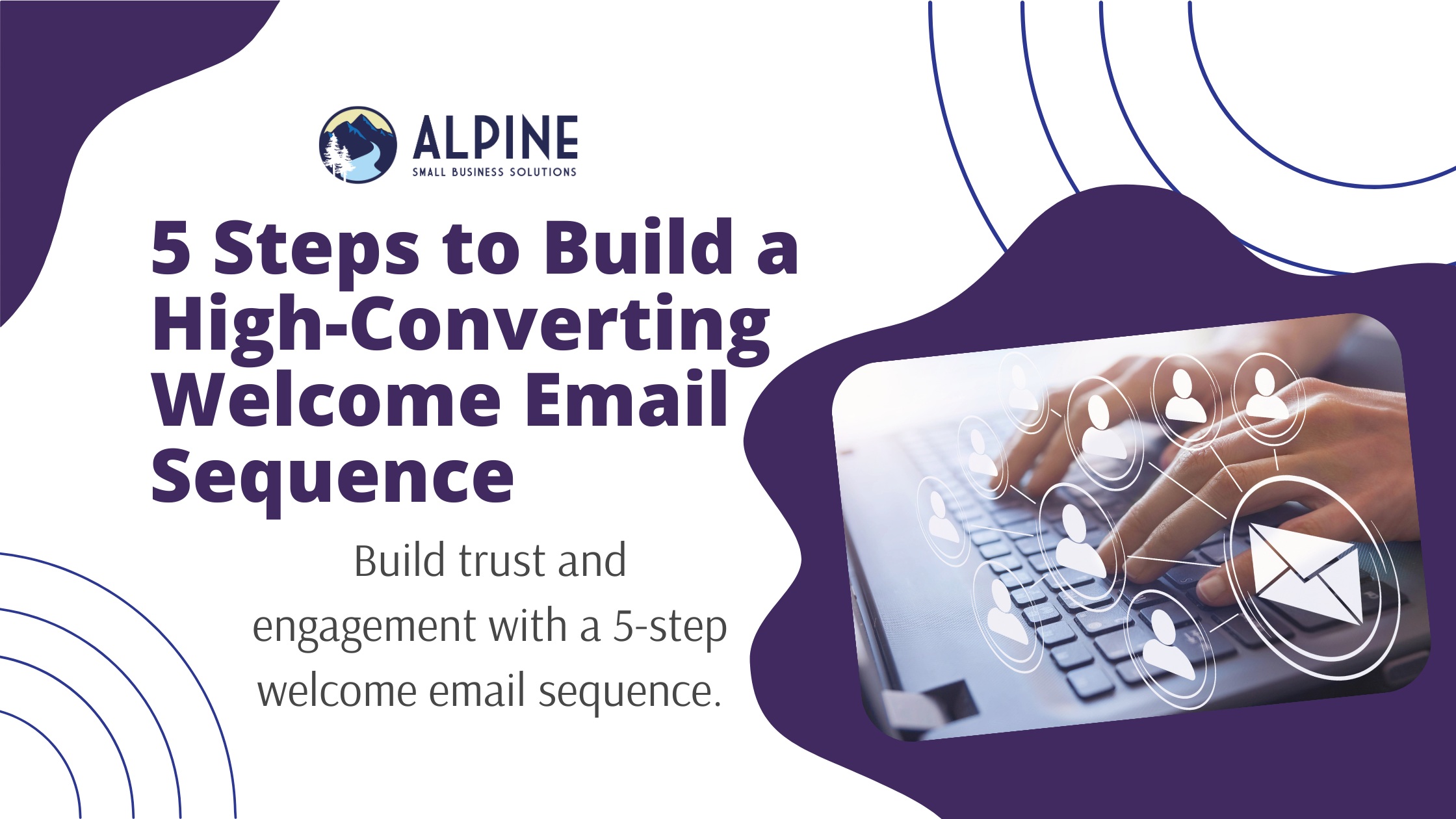
Create a high-converting Welcome Email Sequence with 5 key emails that build trust, entertain, and boost engagement right from the start.
Posted November 4th, 2024 by Jessica Granish
Did you know that 76% of people expect a welcome email right after signing up?
Yet, over half of those emails fail to leave a memorable impression (Campaign Monitor). If you’re an entrepreneur or marketer looking to make a great first impression, a simple, high-converting Welcome Email Sequence is your best friend.
Done right, this sequence can build trust, create engagement, and boost conversions.
Why a Great Welcome Email Sequence Matters
Here’s the deal: too many businesses jump straight into sales, assuming that new subscribers are ready to buy immediately. But, spoiler alert—most aren’t! They’re looking for connection and information first. By engaging instead of pushing products, you’re more likely to create loyal fans instead of one-time buyers.
“Engagement has to come before promotion,” says marketing expert Neil Patel. Your welcome email sequence is your chance to let subscribers get to know you and understand why your brand matters.
With a few simple steps, you can build a welcome email sequence that draws people in.
Here’s the blueprint:
The 5 Essential Emails in a High-Converting Welcome Email Sequence
1. The Friendly Welcome
Purpose: Start on a friendly, personal note.Content: Greet the subscriber warmly, thank them for joining, and give them a preview of what’s to come.Tone: Friendly, like chatting with a friend.
How to Make It Work:
Use HighLevel’s automation to send this email immediately after signup.Personalize with their name and keep the tone lighthearted.Why it matters: Welcome emails are 4x more likely to be opened than other emails (Experian), so use this moment to say, “Hey! Thanks for joining us.”
2. Your Values & Mission
Purpose: Share why you do what you do.Content: Give a glimpse of your brand’s story, values, and purpose. Why are you here? What drives your business?Tone: Authentic and relatable.
How to Make It Work:
Set this as the second email, arriving a day or two after the welcome.Add links to your story page or blog if they want to learn more.Pro Tip: Think of this email as storytelling—keep it clear and meaningful.
3. Social Proof: Success Stories & Testimonials
Purpose: Build trust by showcasing how others have benefited.Content: Share a standout customer story or testimonial, showing real results.Tone: Friendly but confident.
How to Make It Work:
Use HighLevel’s email builder to add images or video clips to make it engaging.Choose testimonials or success stories that resonate with your audience.Fact: 70% of consumers are more likely to trust recommendations from others (Nielsen).
4. Helpful Freebie or Educational Content
Purpose: Gently encourage the subscriber to take the next step.Content: Offer a way to connect further—like a consultation, joining your community, or checking out a product.Tone: Friendly and inviting.
How to Make It Work:
Use HighLevel’s calendar feature to make booking a call easy.Consider offering an incentive or exclusive perk to make this step rewarding.Why it works: By the time subscribers get this email, they’ve gotten to know your brand, making them more likely to act.
5. The Next Step (Call to Action)
Purpose: Gently encourage the subscriber to take the next step.Content: Offer a way to connect further—like a consultation, joining your community, or checking out a product.Tone: Friendly and inviting.
How to Make It Work:
Use HighLevel as a comprehensive tool for inbound marketing, sales, and CRM. HighLevel helps automate and streamline marketing campaigns, manage customer relationships, and track sales performance, which is crucial for businesses looking to expand.Consider offering an incentive or exclusive perk to make this step rewarding.Why it works: By the time subscribers get this email, they’ve gotten to know your brand, making them more likely to act.
Lead Magnet Ideas to Boost Your Welcome Email Sequence
Adding a lead magnet can make your welcome sequence even more engaging. Here are some tried-and-true ideas:
Quizzes & Assessments (e.g., “What’s Your Business Superpower?”): Interactive and fun, especially with tools like Outgrow.Ebook (e.g., “10 Steps to Boost Your Marketing”): Deepen their knowledge with a detailed guide.Checklist (e.g., “5 Essentials for a High-Converting Email Sequence”): Simple, actionable, and easy to reference.Template or Toolkit (e.g., Email Sequence Template): Practical resources that save subscribers time.Cheat Sheet (e.g., “Quick Guide to SEO Basics”): A compact reference that’s valuable and easy to use.Mini Course or Video Tutorial (e.g., 3-Day Course on Sales Funnels): Great for guiding subscribers through a skill step-by-step.
These lead magnets provide subscribers with useful tools, giving them a reason to keep engaging with your emails.
Tools to Build Your Welcome Email Sequence
HighLevel: Design, automate, and track your sequence with features like personalized emails, embedded links, booking options, and engagement tracking.Outgrow: Make it interactive by adding quizzes or assessments, which capture valuable data for future personalization.Google Analytics: When integrated with HighLevel, it shows how links are performing, helping you refine your sequence.
Key Takeaways
Welcome Emails Should Connect, Not Sell
Start with a genuine welcome that feels personal. This isn’t the time for hard sales—focus on creating a friendly, inviting tone that makes subscribers feel valued.Share Your Story & Mission Early On
Let your subscribers know why your brand exists. A simple story that showcases your values can help build a stronger connection and make your brand memorable.Build Trust with Social Proof
Adding testimonials, success stories, or even user photos can make your emails more relatable. This social proof reassures new subscribers that others already trust your brand.Give Value Before Asking for Anything
Offering helpful content, like a tip or guide, shows you’re here to provide value. It’s a key step in creating a high-converting welcome email sequence that subscribers actually want to read.Make It Easy to Take the Next Step
Wrap up your sequence with a call to action that feels low-pressure and rewarding, like scheduling a consultation or checking out a resource.
These five emails, used effectively, can help turn new subscribers into engaged customers without overwhelming them. Remember, your welcome email sequence is your brand’s first impression—so keep it friendly, helpful, and real.
Comments

Jessica Granish
The Wizard Behind The Curtain, Tech And Marketing Integrator
Meet Jessica Granish, a heart-centered trailblazer in the dynamic intersection of tech, marketing, and systems integration.
Free Tech and Marketing Audit Session
How to Maximize Your Online Visibility with our Tech and Marketing 20 Min Rapid Audit.
Free Tech and Marketing Audit Session
How to Maximize Your Online Visibility with our Tech and Marketing 20 Min Rapid Audit.
After our Tech and Marketing 20-Min Rapid Audit, you’ll walk away with immediate insights and actionable recommendations tailored to enhance your online visibility. Discover quick wins and discover the potential for rapid growth in just a brief session!
Keep Reading…

© Copyright Alpine Small Business Solutions, LLC. All Rights Reserved


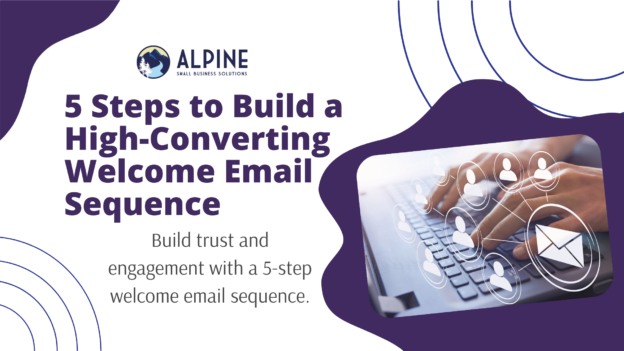
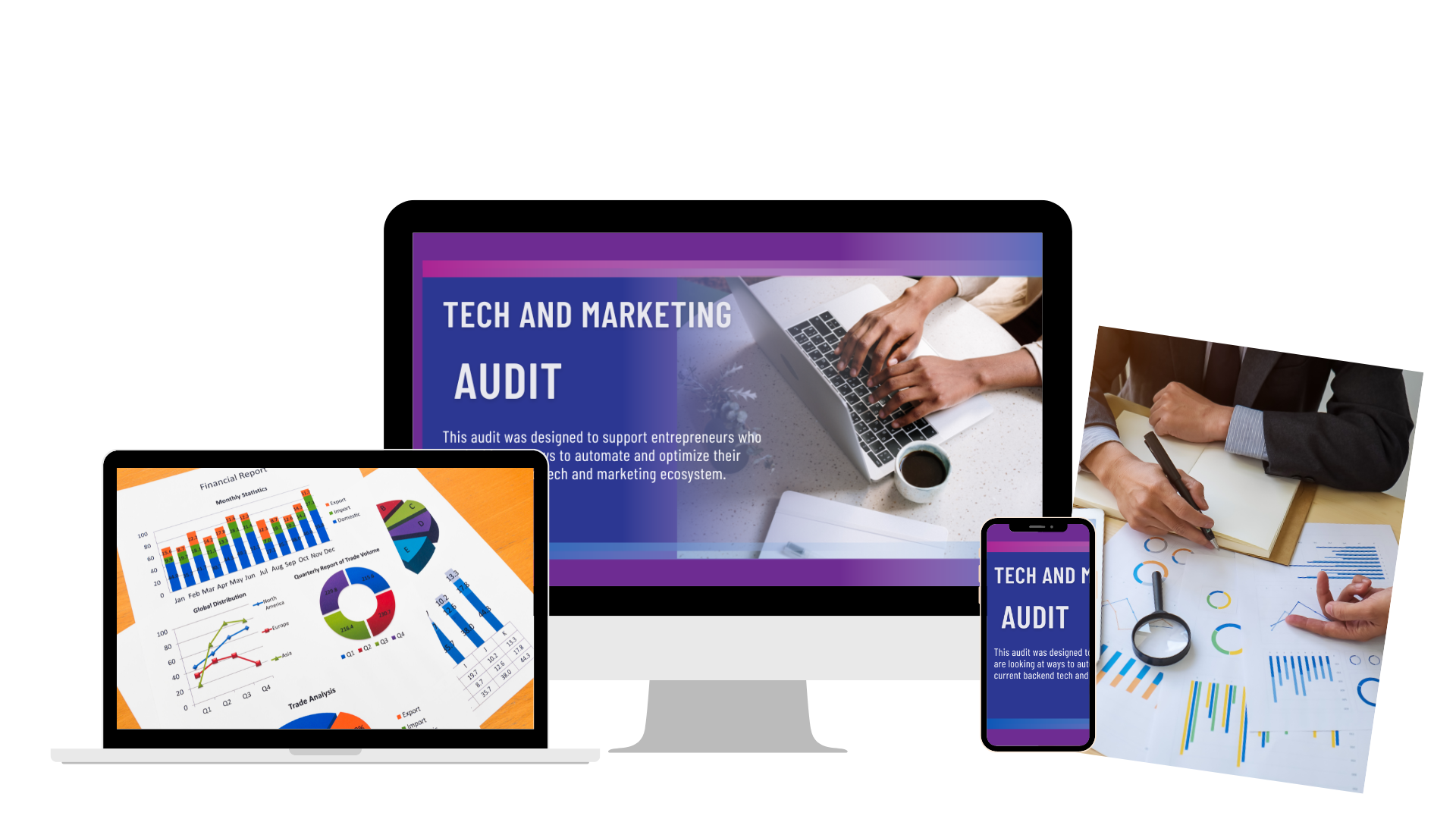
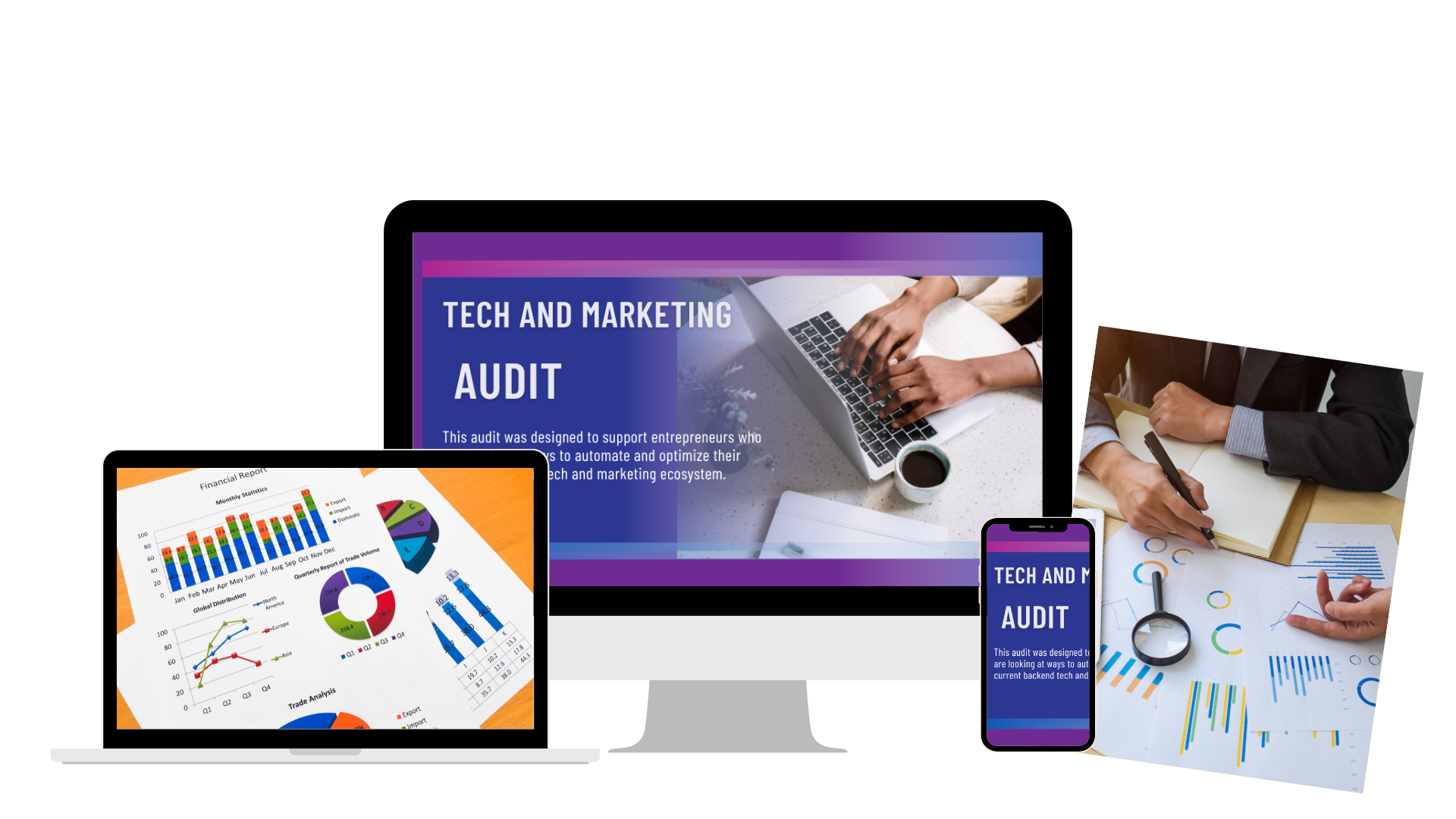




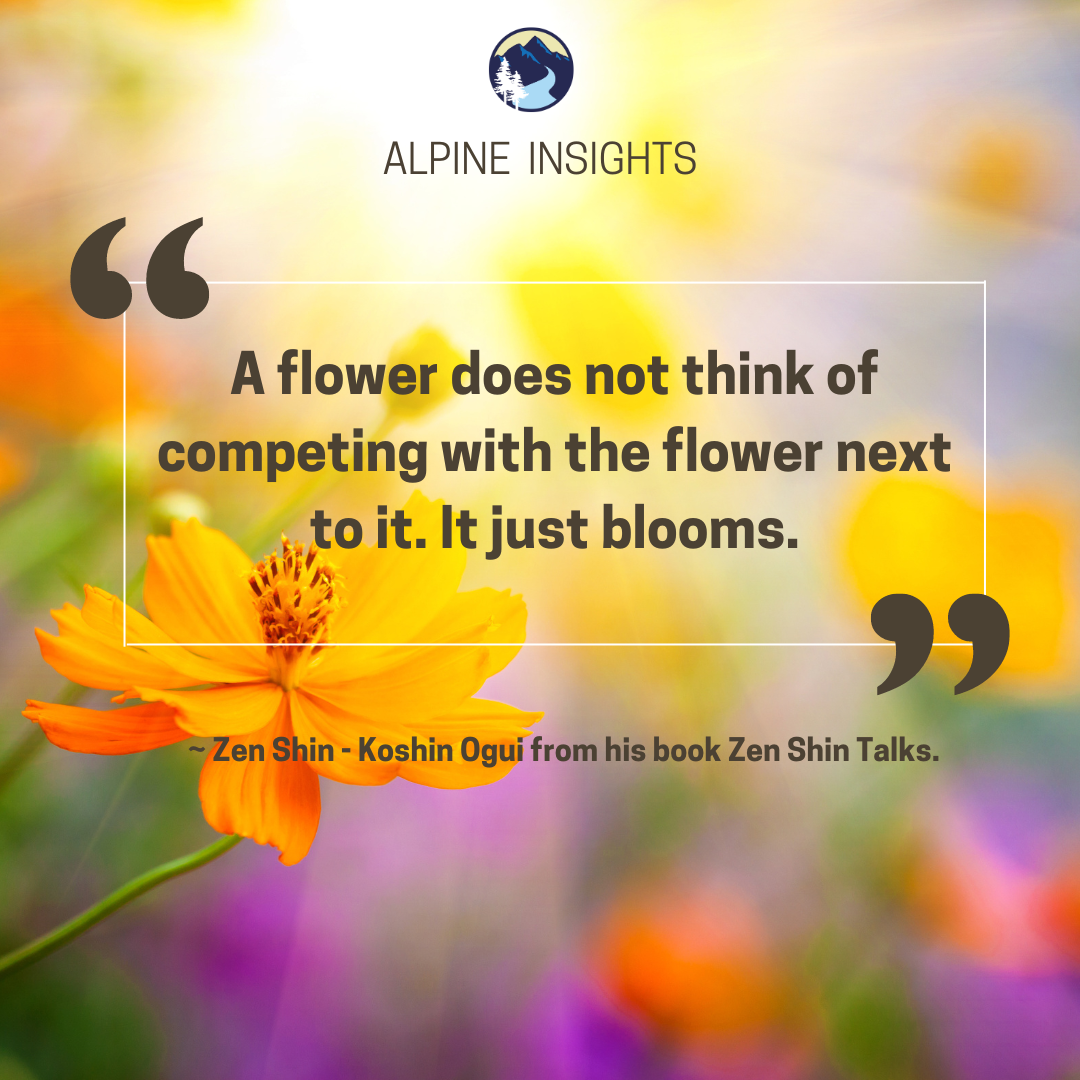




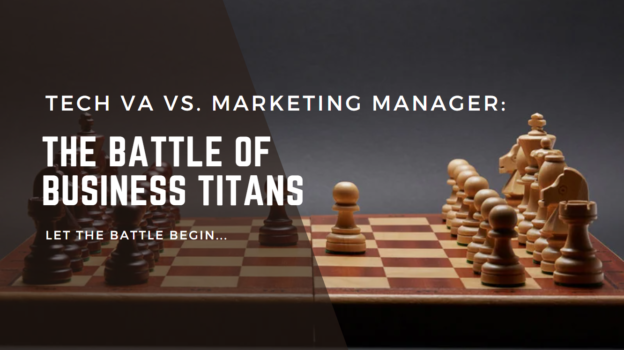

 deadline or taking a bit more time to submit a quality project, which do they choose? Is the underlying goal of the
deadline or taking a bit more time to submit a quality project, which do they choose? Is the underlying goal of the  ready for greater responsibility. But, if they genuinely do not feel ready it may be a bad experience for them. Try to build up their confidence and remind them that you feel they are ready. If that fails and they still are uncomfortable at the thought of the project, find a new employee. It is not worth the
ready for greater responsibility. But, if they genuinely do not feel ready it may be a bad experience for them. Try to build up their confidence and remind them that you feel they are ready. If that fails and they still are uncomfortable at the thought of the project, find a new employee. It is not worth the  deadline, be cautious about underestimating the length of time the project will take. It may only take you a week, but your employee may need to do outside research adding a day or two. Or maybe your employee hits some unexpected roadblocks, requiring you to take the time to provide guidance or assistance. Always estimate more time to provide a buffer in case things don’t go as smoothly as planned.
deadline, be cautious about underestimating the length of time the project will take. It may only take you a week, but your employee may need to do outside research adding a day or two. Or maybe your employee hits some unexpected roadblocks, requiring you to take the time to provide guidance or assistance. Always estimate more time to provide a buffer in case things don’t go as smoothly as planned. delegation to avoid doing unpleasant tasks. Good leadership means being willing to do the menial, the unappealing, and aggravating tasks for the good of the business.
delegation to avoid doing unpleasant tasks. Good leadership means being willing to do the menial, the unappealing, and aggravating tasks for the good of the business. 
 about work at 5. When there is no firm end to the work day, it’s so much harder to transition from “work mode” to “living your life mode.” You feel guilty watching TV and wonder if you should go get that one article done. You daydream thinking of your to-do list. You always feel “on,” making it difficult to give yourself the
about work at 5. When there is no firm end to the work day, it’s so much harder to transition from “work mode” to “living your life mode.” You feel guilty watching TV and wonder if you should go get that one article done. You daydream thinking of your to-do list. You always feel “on,” making it difficult to give yourself the  Here is where you get to enjoy the freedom of being your own boss. Maybe your peak creativity hours are early morning and early evening. In the middle of the day, you suffer from the afternoon slump. So work in the peak hours and go workout or run errands when your brain power dips.
Here is where you get to enjoy the freedom of being your own boss. Maybe your peak creativity hours are early morning and early evening. In the middle of the day, you suffer from the afternoon slump. So work in the peak hours and go workout or run errands when your brain power dips. Once you create a schedule, protect it fiercely. Don’t check your email outside of work hours. Let your clients know what hours they can expect to reach you by phone…and don’t pick up if it’s outside of those (or work into your contract it’s a $75 fee every time they do). When you are done for the day, be done. Don’t fall into the trap of well I could get one more thing done. Allow yourself to rest and relax!
Once you create a schedule, protect it fiercely. Don’t check your email outside of work hours. Let your clients know what hours they can expect to reach you by phone…and don’t pick up if it’s outside of those (or work into your contract it’s a $75 fee every time they do). When you are done for the day, be done. Don’t fall into the trap of well I could get one more thing done. Allow yourself to rest and relax!
 Your body is remarkably like a machine. Optimal performance requires quality fuel, proper maintenance, and adequate rest. Skimp out on one of these areas and the performance suffers.
Your body is remarkably like a machine. Optimal performance requires quality fuel, proper maintenance, and adequate rest. Skimp out on one of these areas and the performance suffers. It’s time for improved organization. To many entrepreneurs, organization can seem like a luxury. Who has time to look for (and then implement) the best organizational system? But the longer you go without one, the more time you waste searching for that one filed buried under desktop folder after desktop folder.
It’s time for improved organization. To many entrepreneurs, organization can seem like a luxury. Who has time to look for (and then implement) the best organizational system? But the longer you go without one, the more time you waste searching for that one filed buried under desktop folder after desktop folder. This is another difficult mistake to stop engaging in. It’s all too easy to sit down at your desk in the morning…and never get up again. We falsely believe the best way to maximize our work is to maximize our hours working. In reality, our brains are much more efficient when we take breaks. Even just a few minutes every hour getting up and stretching can help your brain feel refreshed and ready to tackle whatever problem awaits you.
This is another difficult mistake to stop engaging in. It’s all too easy to sit down at your desk in the morning…and never get up again. We falsely believe the best way to maximize our work is to maximize our hours working. In reality, our brains are much more efficient when we take breaks. Even just a few minutes every hour getting up and stretching can help your brain feel refreshed and ready to tackle whatever problem awaits you. All too often we take on tasks that can and should be handled by someone else. We do this for many reasons. Maybe our team is so small we feel guilty passing along the task. Maybe we struggle with relinquishing control over our passion project. Maybe we worry it’ll take more time managing the employee than just doing it ourselves.
All too often we take on tasks that can and should be handled by someone else. We do this for many reasons. Maybe our team is so small we feel guilty passing along the task. Maybe we struggle with relinquishing control over our passion project. Maybe we worry it’ll take more time managing the employee than just doing it ourselves.